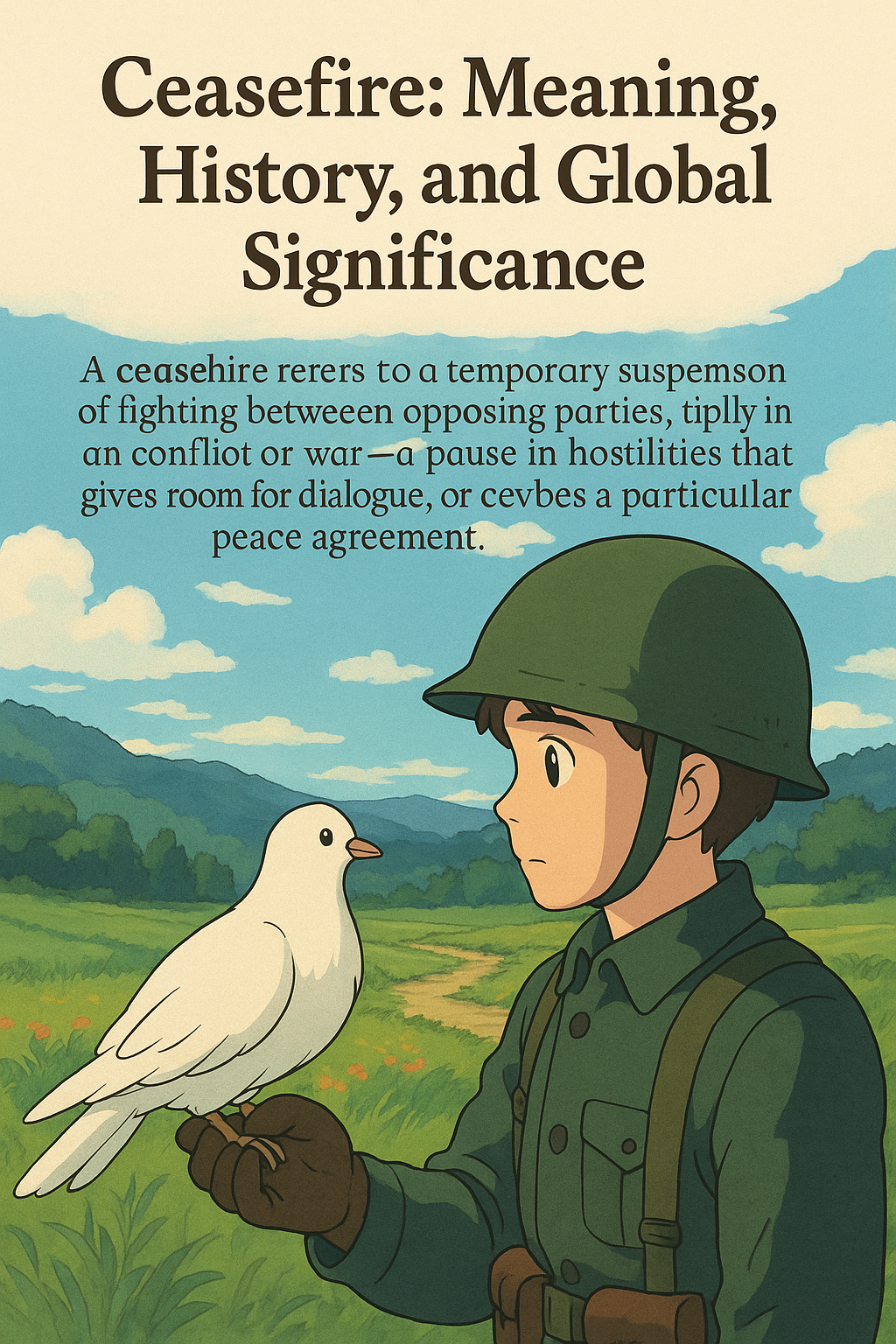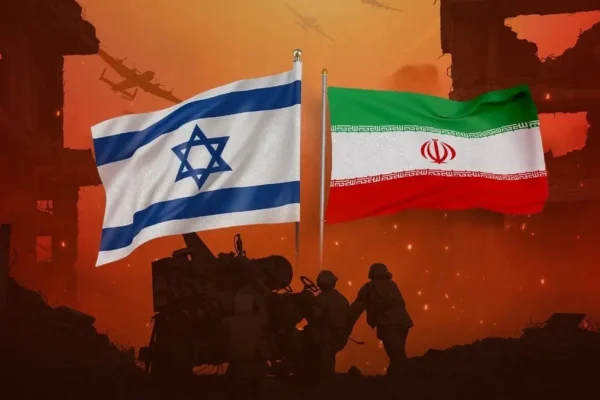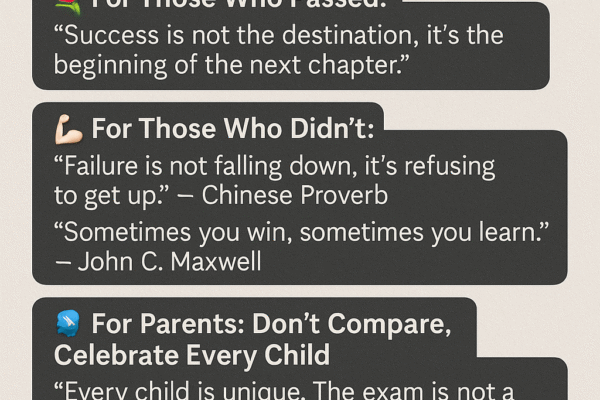In a world marred by conflicts and wars, the word “ceasefire” emerges as a temporary ray of hope — a pause in hostilities that gives room for dialogue, diplomacy, and often, the saving of innocent lives. But what exactly is a ceasefire, and what has been its role throughout history?
What is a Ceasefire?
A ceasefire refers to a temporary suspension of fighting between opposing parties, typically in a conflict or war. It can be agreed upon for various reasons — humanitarian relief, negotiations, religious observances, or to pave the way for a permanent peace agreement.
A ceasefire can be:
Bilateral or multilateral, involving two or more parties.
Temporary or permanent, depending on the intent.
Localized or widespread, affecting a particular region or the entire area of conflict.
It’s important to note that a ceasefire does not necessarily mean the end of a war. Rather, it’s a strategic or humanitarian pause in violence.
Historical Background of Ceasefires
The idea of a ceasefire is as old as war itself. Even in ancient times, opposing armies sometimes paused battle for religious ceremonies or to bury the dead. However, the modern concept of ceasefires has evolved significantly in the last two centuries.
1. Early Instances
Christmas Truce of 1914 (World War I): One of the most famous unofficial ceasefires in history occurred during World War I when British and German soldiers along the Western Front temporarily ceased fire on Christmas Eve. Soldiers exchanged greetings, sang carols, and even played football.
2. United Nations and Formal Ceasefires
Post World War II, the formation of the United Nations (UN) played a significant role in formalizing ceasefires. The UN began mediating in global conflicts, often calling for ceasefires as a first step toward peace.
1949 Arab-Israeli War: A UN-brokered ceasefire helped end major hostilities, although tensions continued.
Korean War (1950-1953): An armistice (a kind of permanent ceasefire) was signed in 1953, halting active warfare between North and South Korea, although a formal peace treaty was never signed.
3. Ceasefires in the Late 20th Century
Vietnam War: The Paris Peace Accords (1973) declared a ceasefire between North Vietnam, South Vietnam, and the United States.
Bosnian War (1992-1995): A NATO-enforced ceasefire led to the Dayton Accords, ending the war in Bosnia and Herzegovina.
4. 21st Century Ceasefires
Syria: Multiple ceasefires have been attempted during the Syrian Civil War, though many were short-lived due to complex factions.
Ukraine-Russia: Various ceasefire agreements, including the Minsk Protocol (2014), were brokered, though violations have been frequent.
Israel-Palestine: Ceasefires between Israel and Hamas are often brokered by Egypt or the UN following intense flare-ups.
Challenges of Ceasefires
While ceasefires offer temporary relief, they come with challenges:
Lack of trust: Warring parties may violate terms.
Ambiguity: Poorly defined terms can lead to misunderstandings.
No enforcement: Ceasefires are often self-regulated unless backed by international forces.
Ceasefires and Peacebuilding
Despite challenges, ceasefires can be crucial first steps toward long-term peace. They allow humanitarian aid, help rebuild infrastructure, and create space for negotiations and diplomacy. Ceasefires also reduce civilian casualties and can set the stage for truth and reconciliation processes.
Conclusion
Ceasefires symbolize more than just the silence of guns — they are moments when humanity takes precedence over hostility. While not all ceasefires lead to lasting peace, each one represents a chance — however small — for change, reflection, and healing. In an increasingly interconnected and turbulent world, the importance of ceasefires in conflict resolution cannot be overstated.
Ceasefire: Meaning, History, and Global Significance








